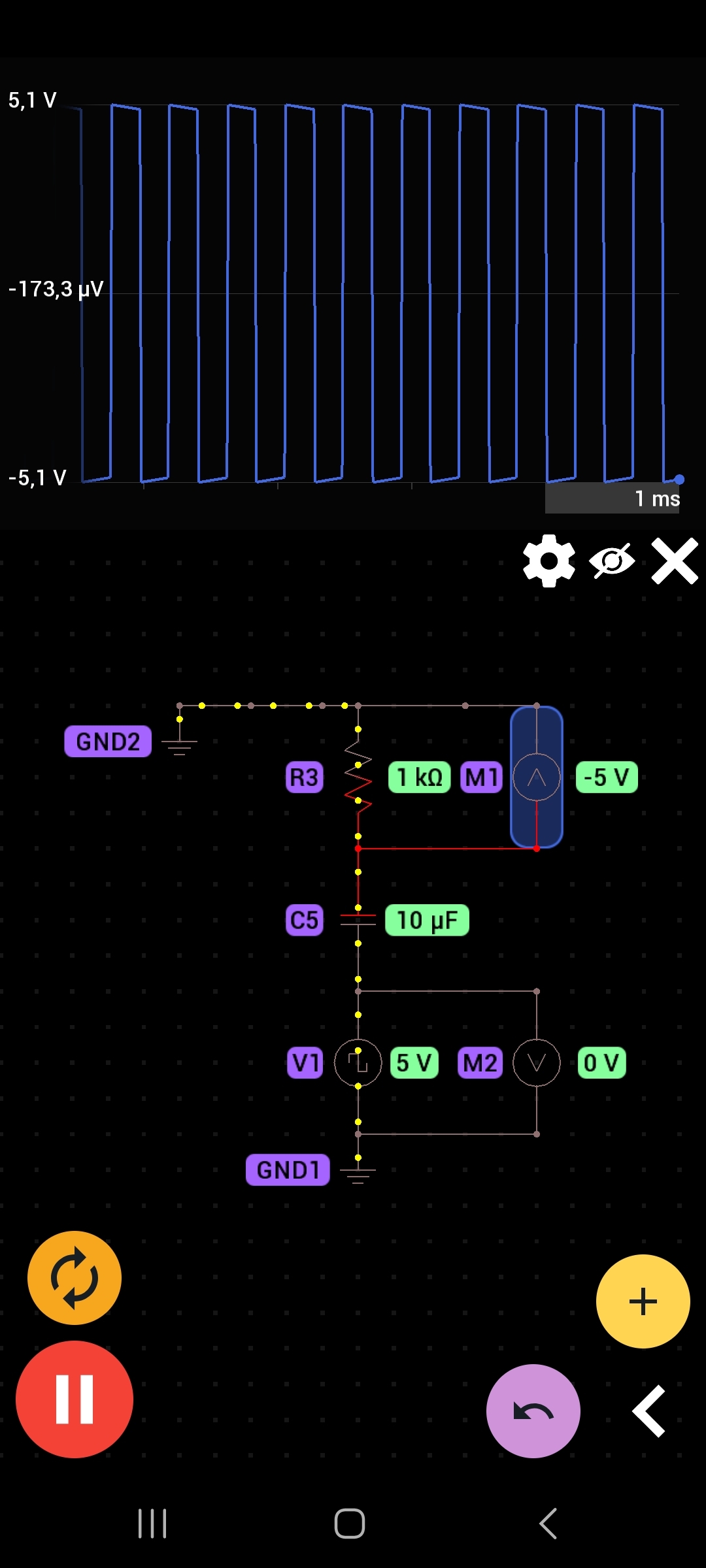this post was submitted on 07 Jul 2023
13 points (100.0% liked)
Ask Electronics
3316 readers
1 users here now
For questions about component-level electronic circuits, tools and equipment.
Rules
1: Be nice.
2: Be on-topic (eg: Electronic, not electrical).
3: No commercial stuff, buying, selling or valuations.
4: Be safe.
founded 1 year ago
MODERATORS
you are viewing a single comment's thread
view the rest of the comments
view the rest of the comments

In my opinion an oscillator always produces an AC sine wave. There is usually no need for a DC overlapped oscillator signal. The DC supply of an oscillator produces a AC sine wave relative to GND.
Where exactly did you measure a DC sine wave, relative to what, and what do you mean by “AC removes a DC component”?